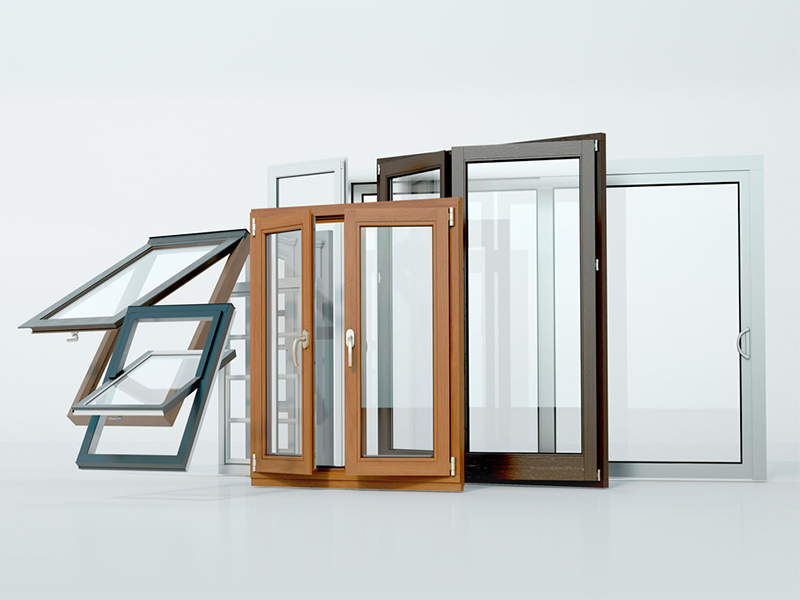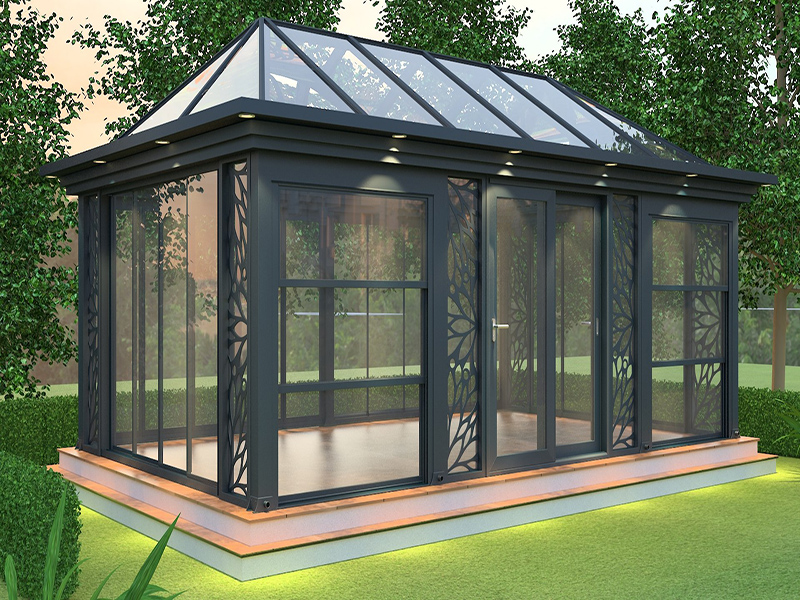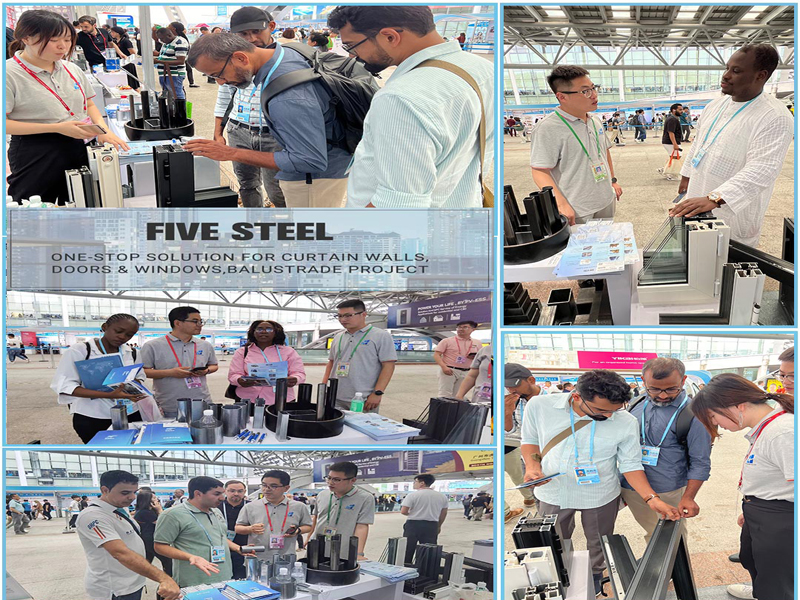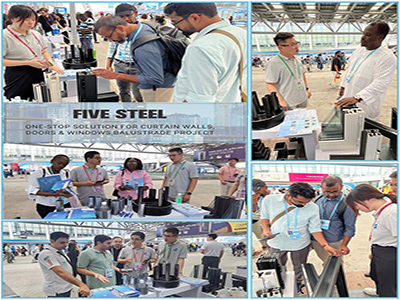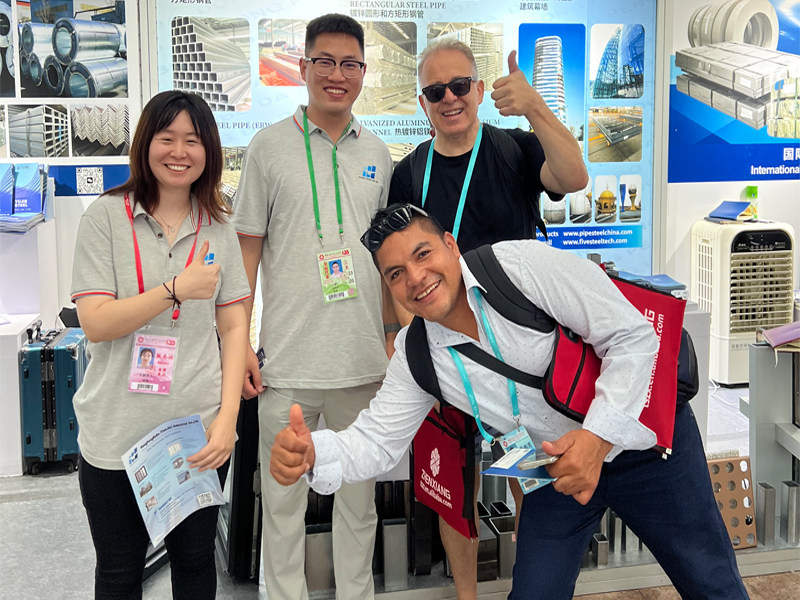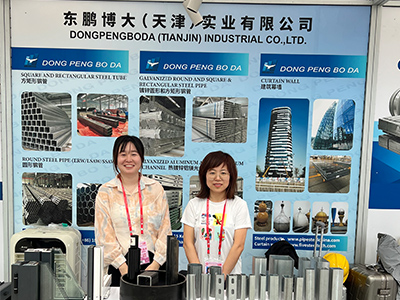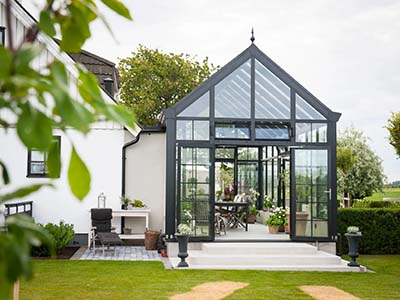Common problems of curtain wall facades
2021-12-28
Regarding curtain wall structure and the fact that it combines a number of diverse materials, that it is connected to a main building structure of considerably larger dimensions than itself, that it resists all the loads it is exposed to and transmits them to the main supporting structures and that it can sustain strains and displacements of the main bearing structure, it is clear that there is a number of problems and potential damage types characteristic of curtain walls in applications. In practical applications, the most common damages and problems are: water penetration due to inadequate sealing, condensation and fogging due to inadequately engineered thermal bridges, excessive noise due to inadequate soundproofing, glare due to inadequate light control, glass breaking due to inadequate selection, low resistance impact, as a result of unsynchronized displacement of the main and facade structure, collapse of parts of the facade due to inadequate connections or due to damage of parts of the curtain wall, corrosion due to inadequate protection, etc. In addition to such exact and easily detectable problems, one should pay attention to certain aspects related to the causes of emergence of the previously mentioned damage, for the design and construction of curtain walls and for interaction of the main bearing and facade structure. Especially, the rise of ductile, skeletal frames brought about increase of displacement and displacements of the structure and its elements in comparison to the load bearing masonry systems known up to then. Displacements characteristic of curtain walls can be classified into three groups: vertical displacements, lateral displacements in the facade wall plane and lateral displacements perpendicular to the facade wall. In the contemporary curtain wall buildings where the span between the bearing elements increased, the consequence is a considerable increase of deflections which need to be sustained by the facade structure. The maximum values of permissible deflections of spans are provided in many regulations, and the recommended values are similar. When a curtain wall cannot sustain displacements of the main structure facade integrity is compromised. Damage can have various forms and degrees, from purely esthetic damage to glass cracking and failure of supporting elements of the facade and their connections. Due to the lateral displacements caused by horizontal forces, infill panels often collide, especially at the corners of the buildings, and they get damaged, whereby corners of the infill panels break off, crack or collapse entirely. It should be mentioned that in case of the glass curtain walls, glass is the most common infill material, and it is brittle, so it cannot sustain high deflections as the main supporting structure, and where failure comes abruptly. Especially vulnerable to such displacement are corners of the building where glass is joined without a supporting frame. For these reasons, if the displacements of the primary supporting system of the building are not harmonized with the displacements which curtain wall can sustain, damage occurs. Therefore, in the design phase, when displacements of the main support system of the building are known, the following step should be an analysis of curtain wall due to all impacts it is exposed to.




